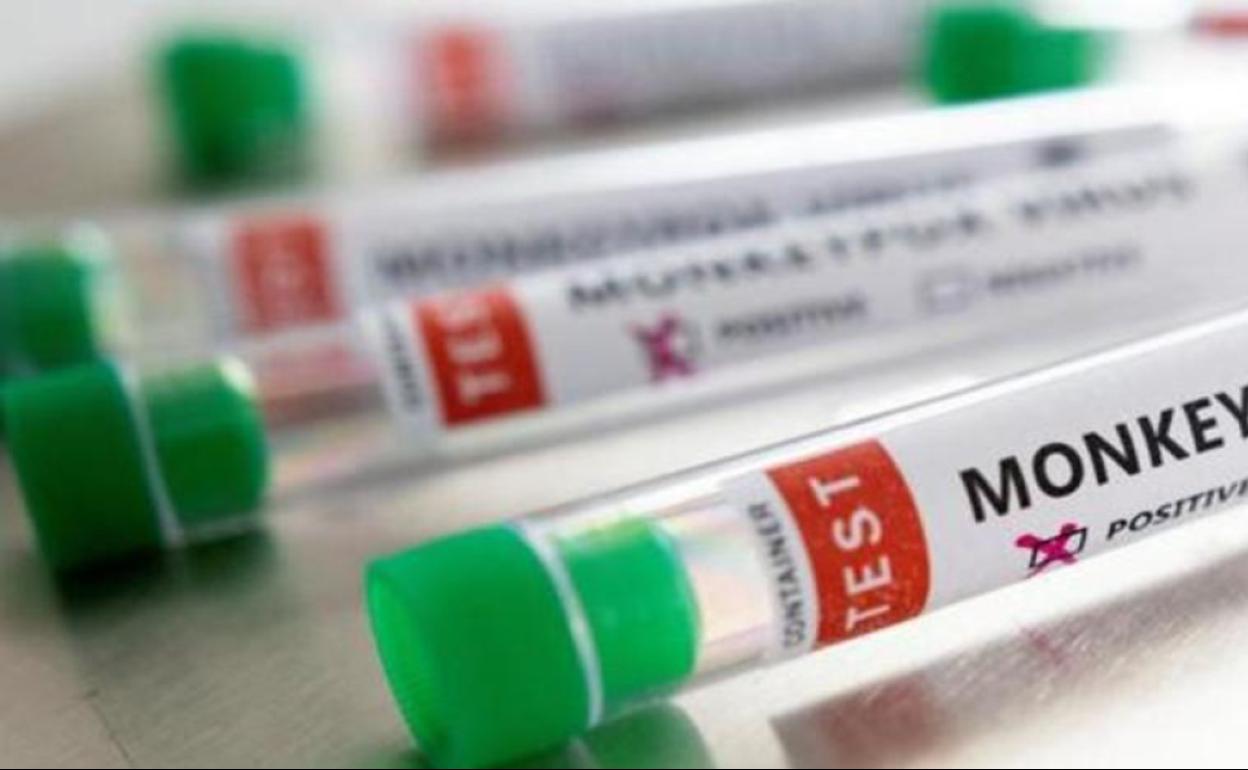Spain exceeds 5,000 confirmed cases of monkeypox virus
In the rest of Europe, as of August 9, a total of 12,140 confirmed cases of monkeypox have been reported, including Germany (2,916), the United Kingdom (2,768), France (2,423), the Netherlands (957) and Portugal (711)
EUROPA PRESS
Tuesday, 9 August 2022, 18:16
Spain has already reported 5,162 confirmed cases of monkeypox virus, some 585 more than last week, according to data from the National Epidemiological Surveillance Network (Renave) published this Tuesday, 9 August, by the Ministry of Health.
The infections have been reported across 17 regions: Madrid with 1,817, Catalonia 1,636, Andalucía 632, Valencian region 311, Basque Country 153, Canary Islands 126, Balearic Islands 134, Aragon 50, Galicia 78, Asturias 49, Castilla y León 48, Castilla-La Mancha 40, Murcia 31, Extremadura 21, Cantabria 19, Navarra 13, and La Rioja 4. Again, the report does not include the information on deaths or the characteristics of the cases that will be included in Friday's update.
Coinciding with the publication of the information, the Ministry of Health has published a first update on the report 'Indigenous Cases of Monkeypox (Monkeypox/MPX) in Spain. Rapid risk assessment', carried out by the Centre for Coordination of Health Alerts and Emergencies, where it states that, "after more than two months of circulation of the virus in non-endemic countries, the cases in Spain, as in the rest of the countries continue to be identified mainly in the context of sexual intercourse or in other situations of continuous and prolonged physical contact of a non-sexual nature.”
In addition, some sporadic cases have been identified in women, children or the elderly, close contacts of confirmed cases. However, the report considers that "the probability of transmission is considered low for the general population at the current time." Although, it does point out that the sustained transmission that is currently observed must be controlled to prevent it from spreading to other population groups, and affecting other more vulnerable groups with the highest risk of serious cases.
To date, most of the cases detected in Spain and the rest of the non-endemic countries related to this outbreak are mild, with a low proportion of hospital admissions and mortality. The severity may be greater among young children, pregnant women and their newborns, and immunocompromised people, "which may translate into greater impact at the individual level."
Cases outside of Spain
In the rest of Europe, as of 9 August, a total of 12,140 confirmed cases of monkeypox virus have been reported, including Germany (2,916), the United Kingdom (2,768), France (2,423), the Netherlands (957) and Portugal (711) the most affected countries besides Spain. Most of the cases are young men with a history of sexual relations in a risky context.
In the rest of the world, a total of 13,336 confirmed cases have been reported in non-endemic countries, with the United States (8,934), Brazil (2,293), Canada (957), Peru (505), and Israel (166) countries with the highest number of cases.
Transmission mechanisms
As monkeypox is an emerging disease in Europe, little is known about the susceptibility of endemic animal species. Rodents, and in particular species of the family Sciuridae (squirrels), could be suitable hosts and transmission from humans to animals (pets) is theoretically possible. So far there is no documented evidence of domestic animals, such as cats and dogs, or livestock affected by MPXV.
Anyone can acquire monkeypox if they maintain close physical contact with the skin and mucous membrane lesions or with bodily fluids of an infected person, and the risk of the disease spreading to vulnerable populations is closely related to the correct implementation of public health measures, as well as risk communication strategies and community participation.
Mass gathering events
“These are essential for disseminating information to the general population and those at risk, including organisers of summer mass gathering events. These recommendations must include clear and contrasted information in collaboration with the LGTB community to minimise risk behaviours and maximise awareness of the importance of following public health control measures”, the report points out.
The measures adopted to control the outbreak are fundamentally based on the early detection of cases and the isolation and identification and follow-up of contacts. In addition, the pre-exposure and post-exposure vaccination strategy to control transmission and reduce severe forms of the disease are other pharmacological measures that will determine the evolution of the outbreak and will favour the reduction of the impact.
